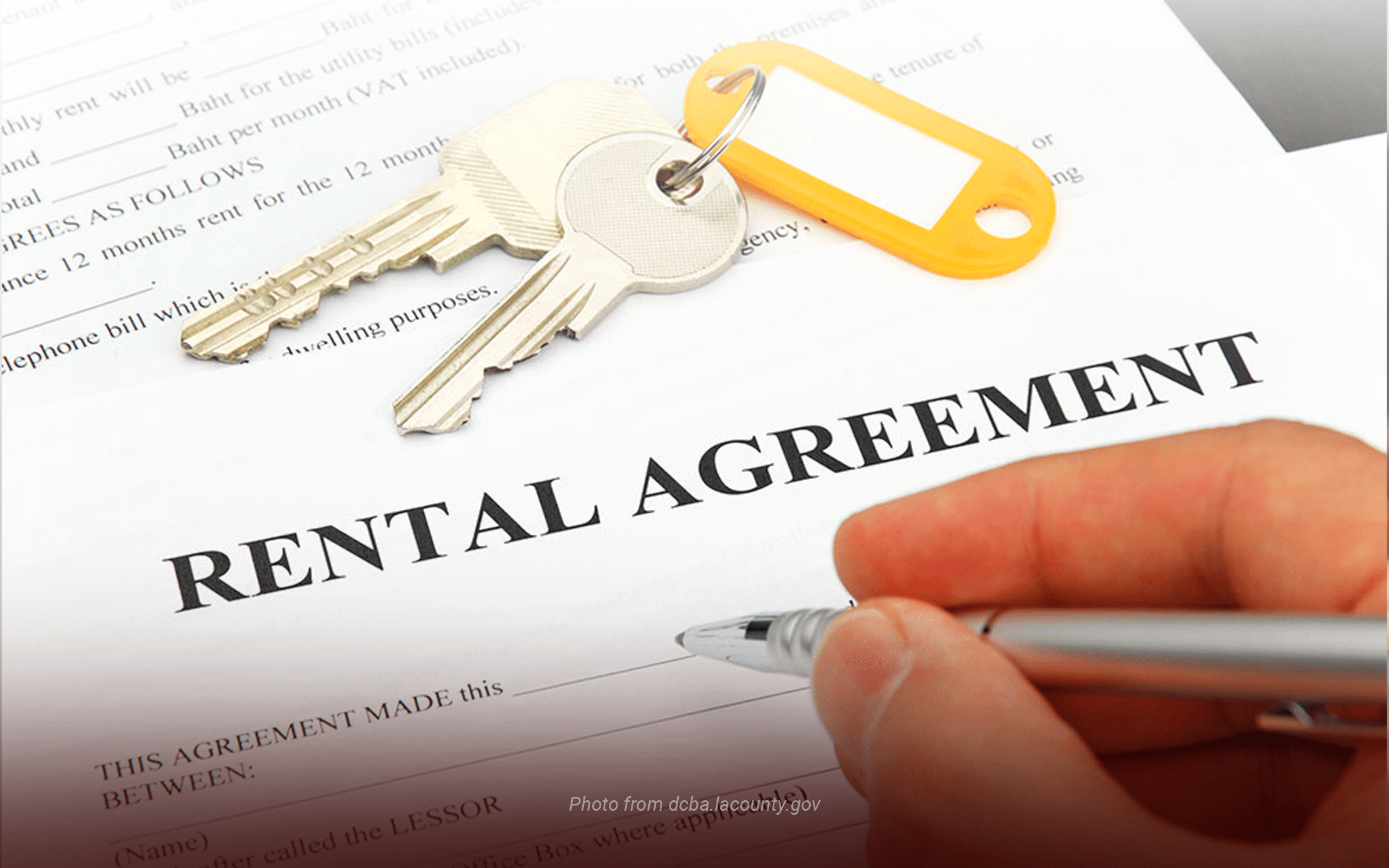If you own a rental property and you’re renting it out for short periods, you need to have a clear and legal agreement with your guests. This agreement, often called a vacation rental agreement or short-term rental agreement, is like a rulebook for your rental. It tells everyone what they can expect during their stay.
This agreement should talk about your rent property, what your guests can and can’t do while they’re there, and what you expect from them. In this blog post, we’ll talk about why having a good agreement is important and give you some tips on how to make one that works for everyone.
For property owners, having a clear rental agreement is essential to protect their interests and ensure a smooth rental process. It provides security for both the rental party and the property owner, ensuring that everyone knows what to expect during the agreement duration. Moreover, a well-drafted agreement offers the best value for money for both parties involved.
What is a Short-term Rental Agreement?
A short-term rental agreement is an important paper that explains what everyone should do when someone rents a place for a short time. It talks about how long the rental is, how much money to pay, and what both the renter and the owner can do.
This legally binding agreement also says what the renter should do, like keeping the place clean and following the state and local laws. Usually, this document is used for holiday or vertical homes, but sometimes people use it for other short rentals, like Airbnb. It’s good for both the renter and the owner to sign this paper before the rental starts.
A short-term rental agreement might also be called:
A. Vacation rental agreements/contract
B. Vacation lease agreement
C. Short-term vacation rental agreement
D. Short-term rental agreement
E. Short-term residential lease agreement
F. Short-term rental contract
Significance of a Vacation Rental Agreement
For Guests
Using a short-term rental agreement is helpful for guests and property owners because it shows what they can and can’t do clearly. This paper makes sure everyone knows what they should do and helps to keep everything fair and clear during the rental.
For Hosts
Hosts can get their money easily with this kind of agreement. This paper tells guests how much they need to pay and if there are any extra charges for more people or things they use. It’s a good way to make sure everything is agreed upon and fair for everyone involved.
Complete Checklist: What to Include in Your Vacation Rental Contract
1.Rental Parties
When making your rental documents, it’s important to list all the people who will be staying at your place. Write down their full names, phone numbers, and mailing address. Also, include the dates they’ll be staying and when the rental starts and ends.
2.Property Details
When renting out your place, it’s crucial to outline all the amenities and utilities available to your guests. This means listing everything from laundry services to kitchen facilities, gym access, parking availability, and pool usage. Additionally, it’s important to specify utilities such as water, electricity, and gas to ensure transparency. Don’t forget to mention the furniture provided, including beds, chairs, and sofas.
If there are any additional perks like TVs or stereos, be sure to include them as well. Before finalizing the agreement, make sure both you as the owner of the property and the rental party are clear on what’s included in the furnished property. This helps prevent misunderstandings and potential property damage disputes down the line.
3.Rental Period
As an owner, you have the flexibility to determine the duration of your tenant’s stay. Typically, short-term rentals span less than six months, while vacation rentals are often shorter, lasting less than two weeks and sometimes even just for one night.
In your rental agreement, be sure to include specific check-in and check-out times. This helps streamline the check-in process and ensures guests know when they can access the property and when they’re expected to check out. Clear check-out procedures are essential for a smooth transition between rental parties.
4.Maximum Occupancy
To ensure the safety and upkeep of your property, it’s essential to specify the maximum occupancy in your rental agreement. This helps mitigate any potential damages to the property and maintain its integrity. Additionally, setting occupancy limits allows you to adjust pricing accordingly, charging additional fees for extra guests or amenities. By doing so, you promote fairness and transparency for both you as the property owner and the rental party.
Including limits for occupants in the signed agreement ensures that both parties are in agreement with the terms outlined in the month rental agreement. It also helps manage landlord access and ensures compliance with the allowable number of occupancy policy for prospective tenants.
5.Rules & Restrictions
In short-term rental contracts, it’s common to establish house rules and restrictions that outline the expectations for both parties These rules serve to safeguard the well-being of everyone involved and ensure a pleasant and secure living environment.
These guidelines typically cover aspects like noise levels, property maintenance, and adherence to fire code regulations and applicable law. By agreeing to these rules, the tenant agrees to their responsibility to uphold them during their stay at the specified property address.
Having clear rules in place helps maintain order and tranquility in the living space, fostering a sense of personal sanctuary for all occupants. It’s important for both parties to understand and abide by these rules as part of their own agreement.
6.Payment & Fees
Payment and fees cover all the expenses associated with renting the property, offering a practical solution for both parties involved. These costs encompass various elements, including the rent amount, property taxes, potential fees for pets, and utility expenses such as water and electricity. Understanding the payment details is crucial, including the acceptable payment methods like cash or credit card.
Moreover, tenants should be aware of any additional charges or cleaning fees, typically settled upon check-out, unless otherwise specified in the rental agreement. If there are fees related to pets or a security deposit, they are commonly paid upfront before the commencement of the contract period.
It’s essential for both parties to be clear about the payment terms to avoid any misunderstandings and ensure a smooth rental process. Additionally, tenants should consider the tax consequences of their rental income, especially in month-to-month agreements where financial planning is key.
7.Cancellation Policy
The Cancellation Policy in a Short-Term Rental Agreement tells you what happens if you need to cancel your rental without losing money. It also explains what you can do if you lose money because of the cancellation.
This policy helps both renters and owners if they need to cancel a short rental agreement. It’s important for all short rental agreements, no matter how long you’re renting for.
8.Limitation of Liability
This part of the agreement says that the owner won’t be responsible for any damages unless they’re because of something they did wrong. It also says that if the renter causes any damages, they have to pay for them.
The agreement might also say that the owner isn’t responsible for any extra or harsh damages that happen because of the rental. This helps the owner protect themselves, while still making sure the renter is safe.
It’s a good idea to have a lawyer check this part of the agreement. They can make sure it’s written correctly and includes things like:
A. Limits on how much the owner can be held responsible for.
B. What each party has to pay for if there are damages.
C. What damages both parties don’t have to pay for.
9.Breaking the Rules
Breaking the rules happens when a renter doesn’t follow what’s in the rental agreement. This could mean not paying rent, damaging the property, letting someone else live there without permission, or not following the landlord’s rules.
Sometimes, if the violation is serious, the renter might have to leave the place. The landlord can also take legal action if needed. It’s really important for both the renter and the landlord to understand what’s in the agreement so there aren’t any problems later on.
10.Signing the Agreement
Signing the names of both the landlord and guests is really important for any rental agreement. This signature makes the agreement a legal document that protects both the renter and the landlord. It’s super important to make sure everyone understands what’s in the agreement and agrees to it.
When you sign, it means you promise to follow the rules in the agreement. So, it’s really important for both sides to read the agreement carefully before signing it. Signing the rental agreement is a big step to make sure everything goes smoothly and safely.
Frequently Asked Questions about Short-term Rental Agreements
What’s the difference between a short-term lease agreement and a rental agreement?
The big difference between a short-term lease agreement and a rental agreement is how strict they are. A lease is a serious legal paper where everyone renting agrees to specific rules for a set time. But a rental agreement is more flexible – it can end whenever you want.
Is short-term agreement valid?
Yes, this agreement are just as valid as any other rental agreement. The agreement sets out what both sides need to do, like how much rent to pay, how long the rental lasts, any deposits, when payments are due, and other important stuff. To be legally binding document, these agreements have to be written down and signed by both the renter and the owner.
When to Use a Short-Term Lease Agreement vs Long-Term Lease Agreement
When it comes to renting, it’s important to know the difference between short-term and long-term lease agreements.
Short-Term Lease Agreement: If you only need a place for a short time, like less than a year, a short-term lease agreement is a good choice. It’s more flexible for renters and gives you more security because you can end it easily if needed.
Long-Term Lease Agreement: If you plan to stay in a place for a year or more, a long-term lease agreement is better. It’s stricter and gives more security to the landlord, who can change terms or raise rent with proper notice.
What is a vacation rental property agreement template?
A vacation rental agreement template is a pre-made document that outlines the terms and conditions of a rental agreement between the owner and the guests. It serves as a framework for defining the rights and responsibilities of both parties during the guest’s stay in the rental property. You can find free template of rental agreement through various sources online. Additionally, legal websites and office supply stores often provide customizable templates for a fee.
In conclusion, drafting a vacation rental agreement is a crucial step for both owners and guests to ensure a smooth and mutually beneficial rental experience. By incorporating the aforementioned tips and considering the unique needs of both parties, owners can create a comprehensive agreement that protects their interests while providing guests and tenants with clarity and security during their stay. For overseas Filipinos or anyone looking for a practical investment opportunity in emerging locations in Greater Manila Area and regional areas nationwide, owning a condo unit from Asterra offers the perfect combination of practical living, value-packed condominiums, and thoughtfully designed spaces. With amenities such as tranquil landscapes, pools, and open greens, these properties not only serve as a starter home or first home but also as a practical investment opportunity that can be utilized as a vacation home or rental property, ensuring long-term profitability and satisfaction for both owners and guests alike.





